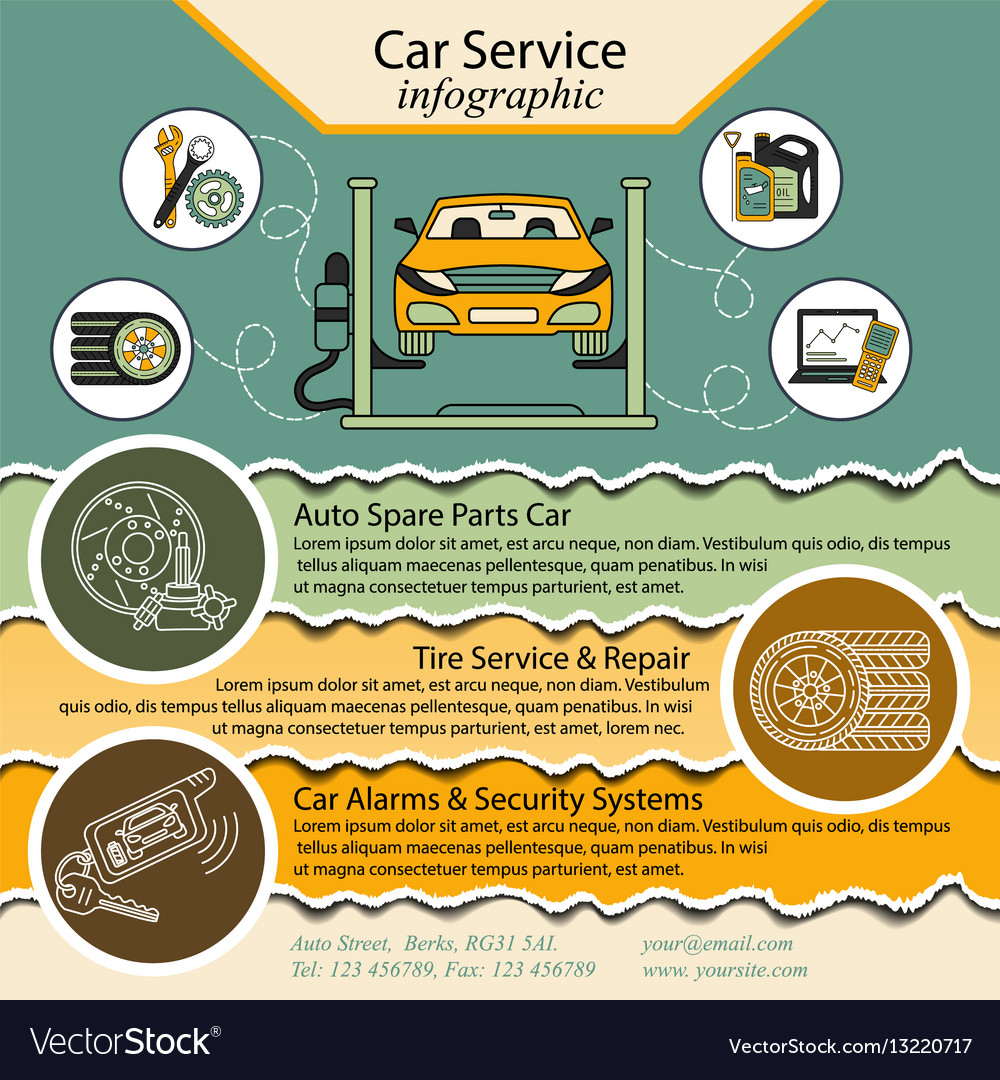Evaluating Your Car'S Caution Indicators: What They Actually Convey
Evaluating Your Car'S Caution Indicators: What They Actually Convey
Blog Article
Article Author-Vinson Dalgaard
When you're behind the wheel, those glowing caution lights on your control panel can be a bit puzzling. Do you know what they're attempting to inform you regarding your automobile's health? Understanding the significance of these lights is essential for your safety and security and the longevity of your lorry. So, the following time among those lights turns up, would not you intend to understand its message precisely and take the necessary steps to resolve it?
Common Caution Lighting and Interpretations
Determine common caution lights in your car and recognize their definitions to guarantee risk-free driving.
The most typical warning lights include the check engine light, which signifies problems with the engine or emissions system. If this light begins, it's crucial to have your automobile checked quickly.
The oil stress alerting light shows reduced oil stress, needing immediate attention to stop engine damages.
A flashing battery light could suggest a malfunctioning billing system, possibly leaving you stranded otherwise dealt with.
The tire stress monitoring system (TPMS) light signals you to low tire pressure, impacting vehicle security and gas effectiveness. Disregarding this can bring about hazardous driving problems.
The ABS light shows a problem with the anti-lock stopping system, jeopardizing your capability to quit swiftly in emergencies.
Finally, the coolant temperature level advising light warns of engine getting too hot, which can cause extreme damages if not fixed promptly.
Understanding these common caution lights will certainly aid you address concerns quickly and keep risk-free driving conditions.
Importance of Prompt Attention
Understanding the common caution lights in your automobile is just the initial step; the significance of promptly dealing with these cautions can't be stressed sufficient to guarantee your safety on the road.
When simply click the following site illuminates on your control panel, it's your auto's method of communicating a possible problem that needs interest. Neglecting these warnings can result in much more severe issues down the road, endangering your security and potentially costing you more out of commission.
Prompt focus to alerting lights can prevent break downs and accidents. For Oil Change Near Me , a blinking check engine light could indicate a misfire that, if left ignored, could cause damage to the catalytic converter. Resolving this without delay can conserve you from a costly repair.
In a similar way, a brake system advising light could signify reduced brake fluid or used brake pads, crucial elements for your security when driving.
Do It Yourself Troubleshooting Tips
If you observe a warning light on your control panel, there are a couple of do it yourself repairing pointers you can attempt before seeking specialist help.
The first step is to consult your auto's manual to understand what the particular caution light shows. In some cases the problem can be as basic as a loose gas cap causing the check engine light. Tightening the gas cap may settle the issue.
One more typical problem is a reduced battery, which can activate various cautioning lights. Inspecting the battery links for rust and guaranteeing they're safe could repair the trouble.
If a warning light continues, you can attempt resetting it by disconnecting the automobile's battery for a few mins and after that reconnecting it. Additionally, checking your vehicle's liquid degrees, such as oil, coolant, and brake liquid, can aid troubleshoot advising lights connected to these systems.
Conclusion
In conclusion, comprehending your auto's caution lights is vital for keeping your vehicle running efficiently and safely. By without delay resolving these signals and knowing what they suggest, you can stay clear of expensive repairs and prospective failures.
Keep in mind to consult your automobile's handbook for specific information on each alerting light and act as necessary to ensure a trouble-free driving experience.
Stay informed, stay risk-free when traveling!
